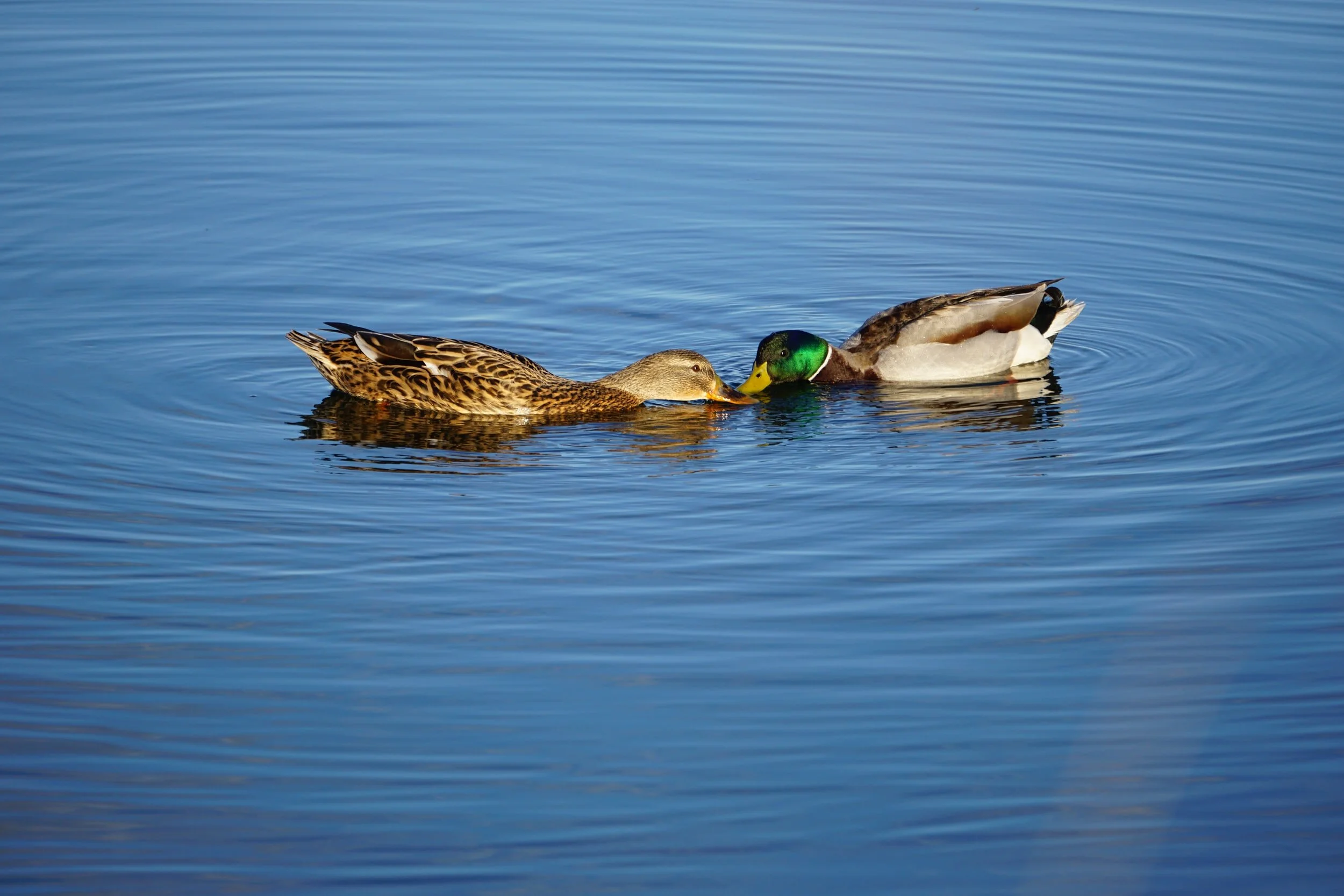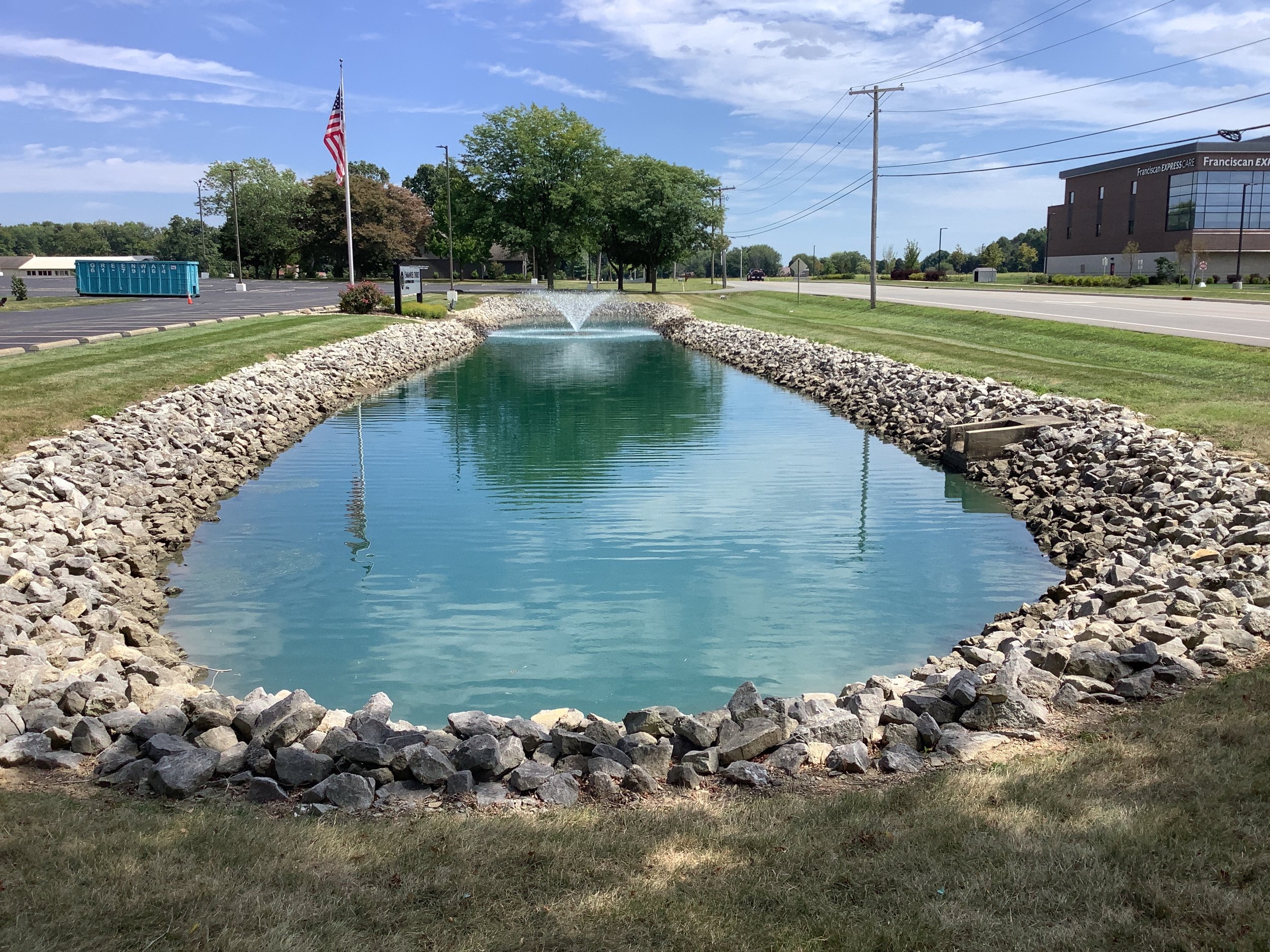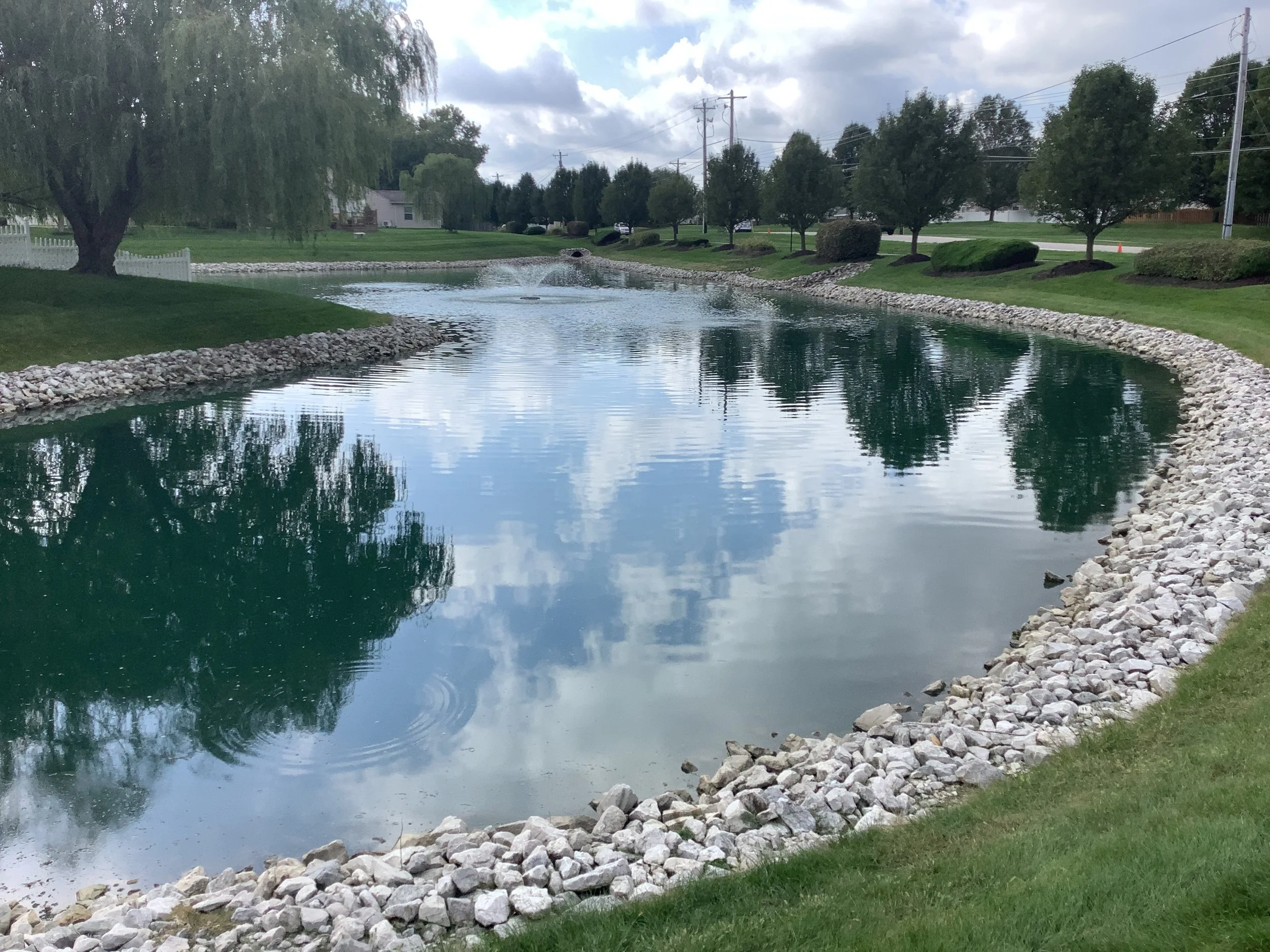
TAKE THE PLEDGE
TO NOT FEED WATER FOWL
A large population of ducks and geese can cause significant damage to ponds.
They can erode shorelines by trampling and feeding on shoreline plants.
Erosion is loose dirt that gets washed into the creek / pond / stream causing water to be mucky and lack oxygen. Aquatic life is not able survive causing damage to the entire local ecosystem.
They can introduce invasive weeds.
Invasive plants get stuck to waterfowl feathers and carried through their digestive tracts. Invasive plants are not native to the area and do not serve a purpose in our ecosystem. They spread very easily and choke out native plants.
They can deposit large volumes of feces that increase algae and weed growth.
Waterfowl feces introduces disease-causing pathogens into the water that can threaten the health of residents, pets, as well as the birds themselves.
They can make water muddy and cloudy as they sift through the mud for invertebrates and uproot vegetation.
Here is how our ponds should look:





How Else Can We Deter Waterfowl?
-
Fountains
Waterfowl are generally drawn to stagnant water. By increasing the flow of the pond, you will decrease the presence of pests.
This can also benefit aquatic life by introducing more oxygen.

-
Native Plant Barriers
Planting natives around a pond has many benefits.
1. Waterfowl tend to steer clear due to the possibility of hidden predators.
2. Plants will filter out toxins before they reach the body of water.
3. Native plants have long roots that prevent the pond bank from eroding.

-
Scarecrows
Introducing waterfowl’s natural predators can also deter them. These include: red foxes, raccoons, skunks and badgers.






